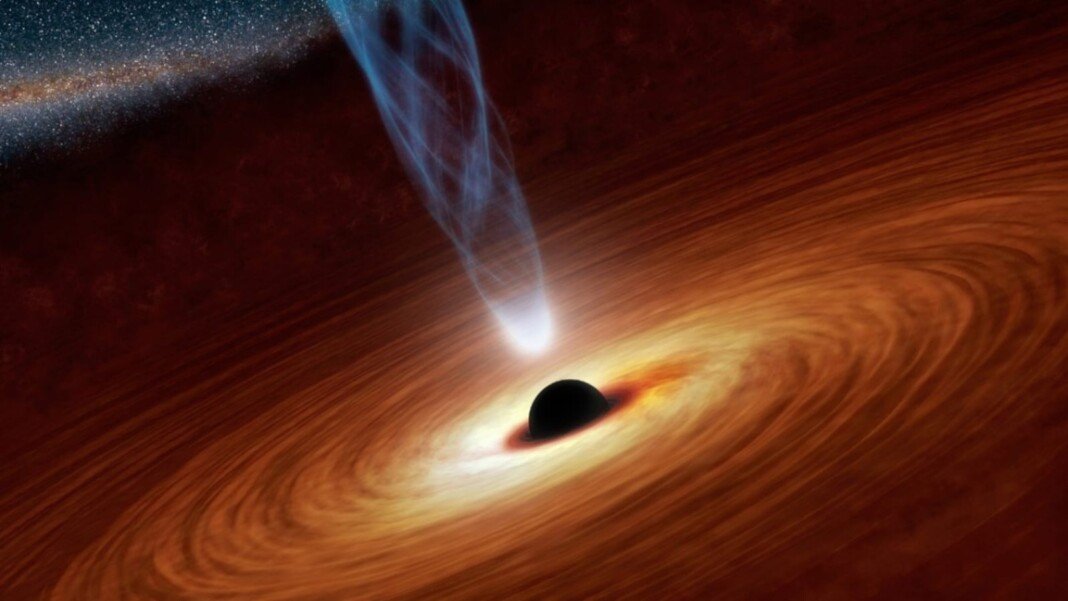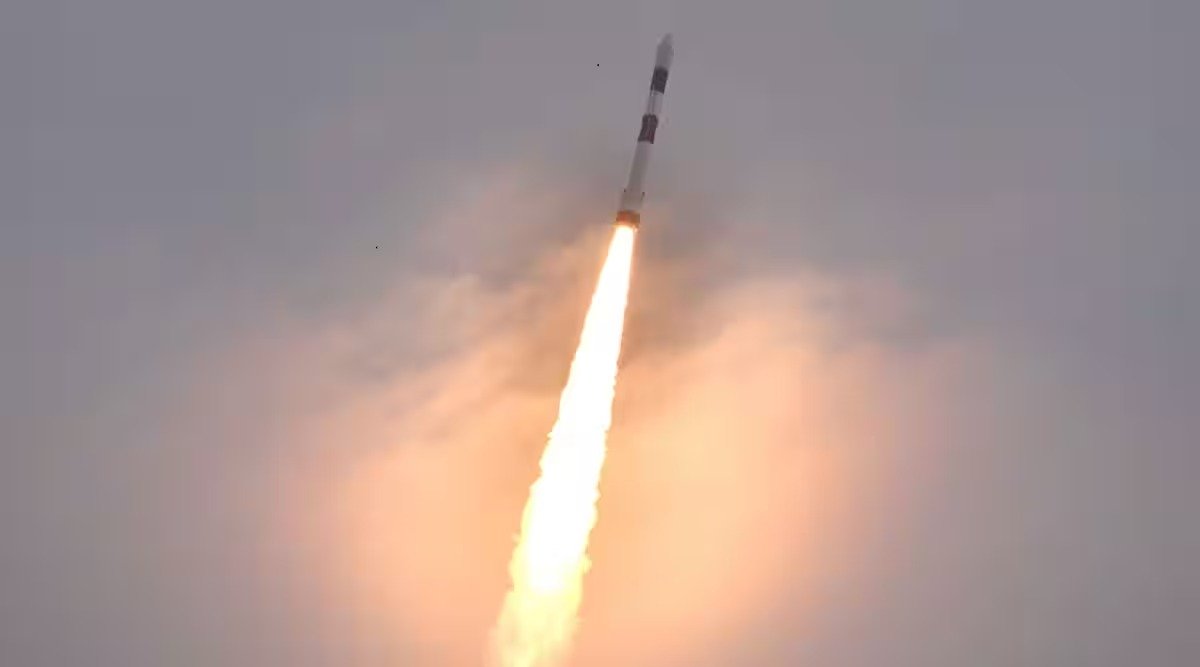HT Digital
GUWAHATI, June 11: A multi-institutional team of researchers from various institutions, inclusive of the Indian Institute of Technology Guwahati (IIT-G), U R Rao Satellite Centre (URSC), Indian Space Research Organisation (ISRO), University of Mumbai, and Tata Institute of Fundamental Research, has reaveled new insights into the nature of black holes.
Availing data from India’s premier space astronomy observatory AstroSat, which is in the Earth’s orbit, the team put emphasis on the black hole binary system called Swift J1727.8-1613 and unveiled captivating X-ray traits that hold the potential to crystalise black hole accretion process.
IIT-G in a statement mentioned, “A team has discovered intriguing X-Ray characteristics that can potentially provide insights into the nature of black holes.”
The scrutinizers have identified Quasi-periodic Oscillations (QPOs) in the X-ray emissions from the accretion disk of Swift J1727.8-1613. These QPOs are the flickering of X-ray light from an astronomical object around distinct frequencies.
The researchers stated, “Interestingly, the frequency of these QPOs shifted within just seven days, moving from 1.4 to you 2.6 times per second. This phenomenon is observed in extremely high-energy X-rays, which are extremely hot, reaching temperatures of around a billion degrees.”
Prof Santabrata Das from the department of Physics at IIT-G said, ”QPOs are indispensable for investigating mysterious black hole systems. By examining the periodic variations of X-ray photons at high energies (around 100 keV), QPOs help decode the footprints of a black hole’s strong gravity. This aids in understanding their fundamental properties and the dynamics of how the black hole attracts matter from the neighbouring environment.”
The researchers focused on studying QPOs aids astronomers in exploring the inner parts of accretion disks. This research can assist in determining the masses and spin periods of black holes.
Their findings have been detailed in the esteemed journal, ‘Monthly Notices of the Royal Astronomical Society’.
The paper was co-authored by Prof Santabrata Das from IIT-G, Dr Anuj Nandi from U R Rao Satellite Centre, ISRO, Prof H M Antia from the University of Mumbai, Dr Tilak Katoch and Parag Shah from TIFR, and research student Seshadri Majumder from IIT-G.







